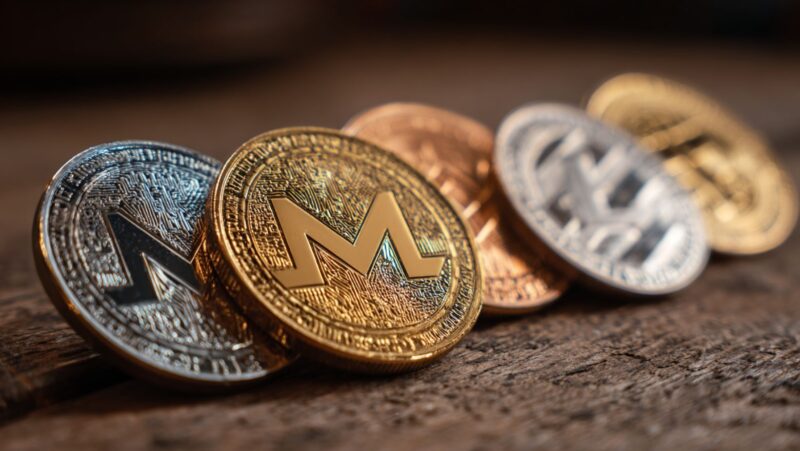
Canada has become one of the more open-minded countries when it comes to blockchain. From Toronto’s tech corridors to Vancouver’s crypto meetups, the community here experiments with different networks and tools. Among those, TRON stands out because of how it handles transaction costs. Instead of making users pay fees for every single transfer, TRON uses resources like bandwidth and energy.
What TRON Energy Actually Is
Energy in TRON is a unit of computational power. Anytime a smart contract is executed whether for token swaps, lending platforms, or blockchain-based games energy gets consumed. If you don’t have any, the system takes TRX directly from your balance. If you do, transactions feel smooth and often free of extra charges.
This is what keeps TRON appealing: instead of unpredictable spikes in cost, users can plan ahead by securing energy in advance.
Why It Matters in Canada
For Canadian users, the appeal is clear. Transaction fees can eat into margins, whether you are trading, moving tokens across wallets, or testing out decentralized applications. Having a way to shield yourself from constant charges means you can focus on the activity itself, not on calculating whether the fee is worth it.
Developers in Canada, too, benefit from this model. A startup working on a blockchain app in Montreal doesn’t want its users scared away by high fees. Energy ensures predictable costs, which is a strong foundation for growth.
Different Paths to Energy
People in Canada (just like anywhere else) can secure energy in a few ways. Each has pros and cons:
- Freezing TRX: lock tokens to get a daily balance of energy.
- Renting resources: borrow energy from others for short-term needs.
- Buying directly: acquire energy from services that provide immediate access.
The third option being able to purchase tron energy is particularly convenient for those who don’t want to commit tokens long-term.
Everyday Scenarios
Imagine someone in Toronto who only moves tokens once a week. Freezing tokens for a steady daily supply might not make sense. Buying energy when needed is faster and less complicated.
Or picture a developer in Vancouver testing a new decentralized application. Renting might cover small experiments, but buying energy gives instant flexibility without waiting for resources to accumulate.
Comparing Options
| Method | Works Best For | Advantage | Drawback |
| Freezing | Long-term active users | Stable and cost-efficient | Tokens locked for days |
| Renting | Short projects or occasional use | Flexible | Supply may be limited |
| Buying | Quick access without planning | Immediate and simple | Can be costlier |
This comparison shows why all three methods coexist. They give people choices, depending on whether they are power users, casual participants, or developers.
How It Shapes the Canadian Market
Canada’s blockchain landscape thrives on accessibility. Communities in cities like Calgary and Ottawa are pushing for real-world adoption, not just speculation. Having energy as a resource encourages more people to try TRON-based tools, because they can avoid the frustration of variable fees.
For students experimenting with code, for businesses exploring digital assets, and for everyday users sending tokens, the ability to freeze, rent, or buy energy reduces friction.
Looking Forward
The Canadian market is likely to keep exploring blockchain for payments, apps, and community projects. In that environment, resource models like TRON’s have a natural advantage. By giving people multiple ways to handle costs including the option to buy energy directly the network lowers the barriers that usually slow down adoption.
Conclusion
TRON Energy may sound technical, but its effect is simple: smoother transactions and predictable costs. In Canada, where crypto adoption is spread across both startups and grassroots communities, that reliability matters. With options like freezing, renting, and the chance to buy energy on demand, TRON makes it easier for users to engage with blockchain without worrying about fees getting in the way.


